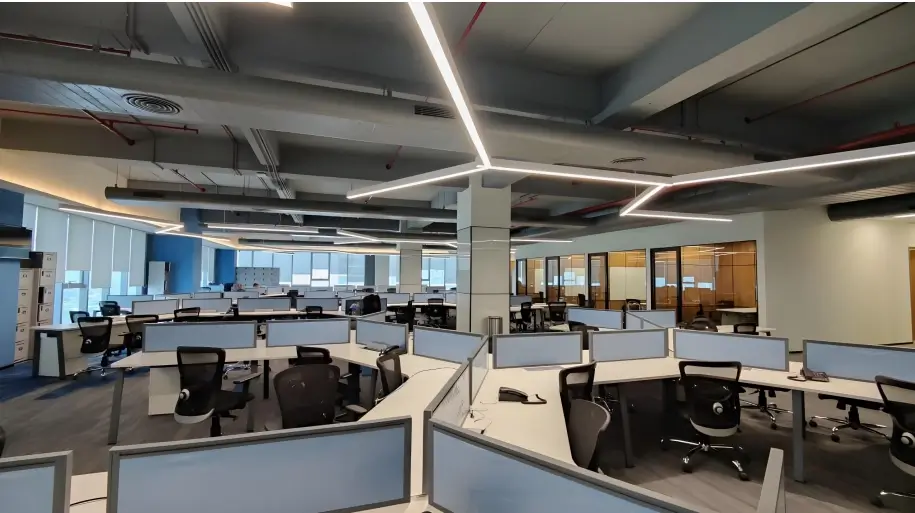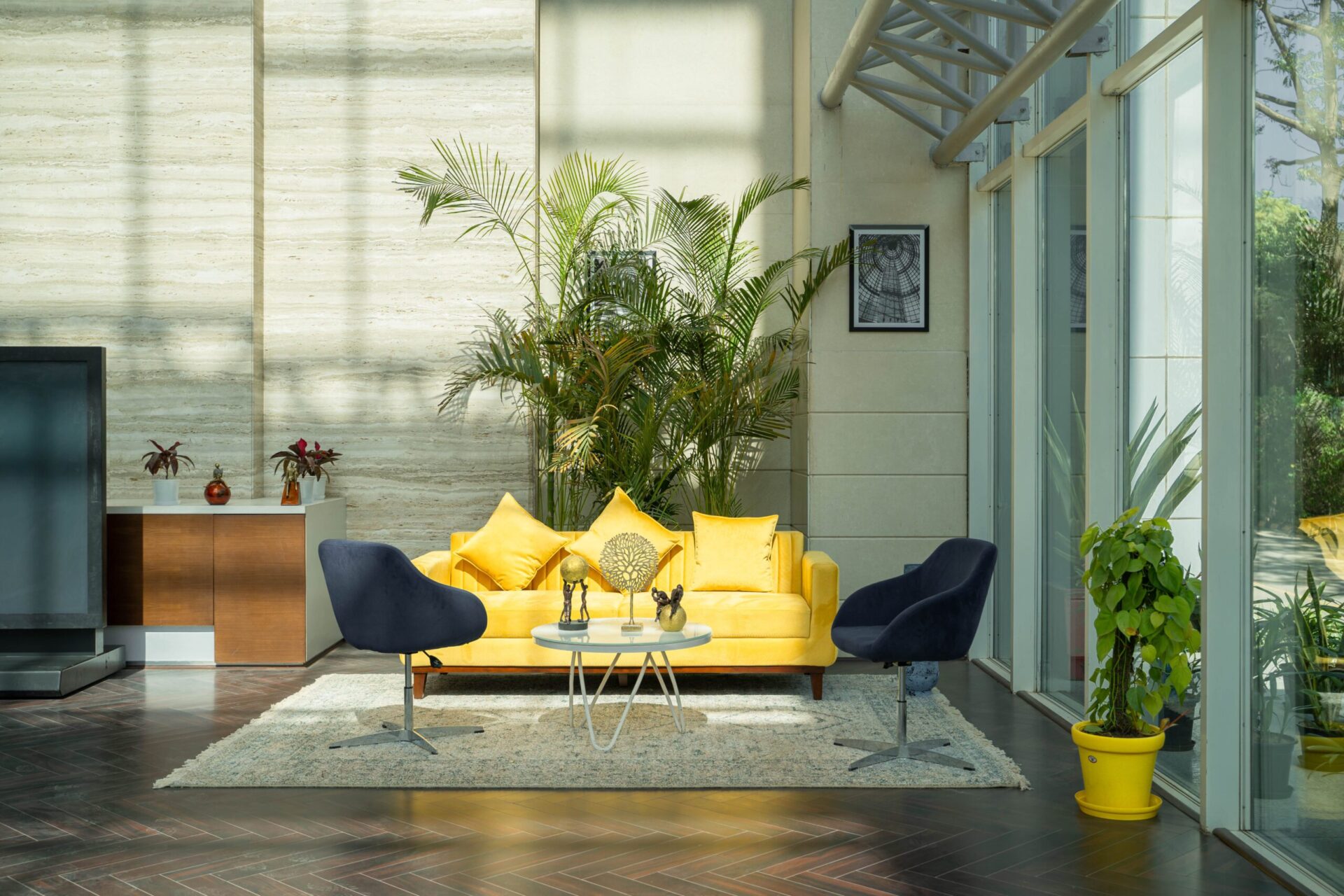The Decision at a Glance
Search engines make it temptingly easy to type “interior design office near me” and book the first studio on Google Maps. But is proximity really the trump card, or could a remote designer deliver equal—or greater—value? Let’s unpack the trade-offs so you can sign the right contract, not just the nearest one.
Key Factors That Shape Your Choice
Think timeline, budget, project complexity, and how comfortable your team is with cloud-based collaboration. If you’re renovating a heritage bungalow on a tight municipal-approval schedule, locality might matter more than if you’re refreshing a 50-seat coworking floor with modular furniture.
What “Local” Really Means in 2025
Local now spans a spectrum: from a studio in your neighbourhood market to a regional powerhouse that covers the entire NCR. Some firms—like Modern Workspace Solutions Tailored for You—even blend physical showrooms with pan-India delivery teams.
From Same-City Studios to Hyper-Local Boutiques
A hyper-local boutique might know the quirks of your specific RWA bylaws, while a same-city but cross-town firm could still require an hour in traffic to reach your site. Clarify what “local” promises in travel time, not kilometres.
Benefits of Hiring a Local Interior Design Office
On-Site Insights & Faster Site Visits
Local designers can drop by for impromptu inspections, spot issues before they snowball, and coordinate with electricians or carpenters in real time. This boots-on-ground agility often translates into fewer change orders and smoother punch lists.
Access to Local Contractor Networks
Long-standing relationships with area vendors can swing discounts on materials or unlock fully booked contractors during peak season. Expert Office Interior Design & Fit-Out Services leverage such networks to compress lead times for office projects in Delhi NCR.
Cultural & Climatic Familiarity
From monsoon-proof flooring choices to Vastu-compliant desk orientations, local studios intuit regional nuances that might escape a designer halfway across the globe.
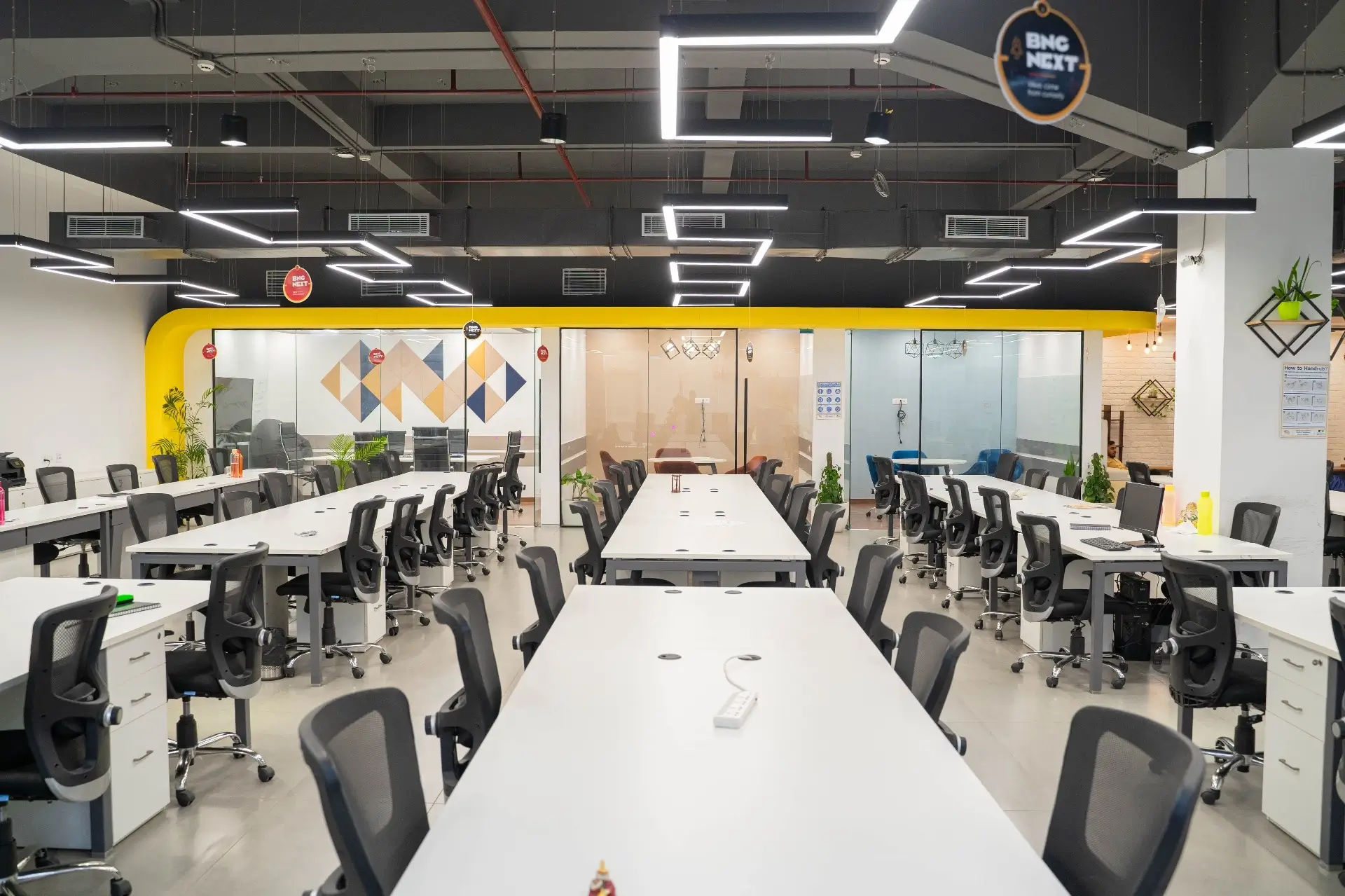
Advantages of Working with Remote Designers
Borderless Talent Pools
Why limit yourself to a five-kilometre radius when you can tap Scandinavian minimalism or Japanese wabi-sabi specialists? Platforms such as Houzz host thousands of vetted designers, widening the aesthetic palette. Houzz’s data shows clients working with remote pros report satisfaction scores on par with local hires.
Tech Tools That Shrink Distance
LiDAR phone scans, VR walkthroughs, and cloud BIM files mean your designer can measure walls and drop furniture blocks without boarding a plane. The American Society of Interior Designers (ASID) notes a 70 % uptick in virtual-design projects post-2023—and client satisfaction has kept pace.
Potential Cost Efficiencies
Remote studios in lower-cost regions may bill 10–25 % less than big-city firms, freeing budget for premium finishes or smart-office tech.
Hybrid Models: Best of Both Worlds?
“Design Hub + Local Liaison” Approach
Some clients hire a renowned remote design “brain” for concept and documentation, then appoint a local project-management firm for day-to-day site supervision. This hybrid can unlock global creativity and local execution muscle—think of it as Netflix scripting in LA but filming in Mumbai.
Evaluating Project Scope and Complexity
When a Local Presence Is Non-Negotiable
- Heritage structures needing frequent municipal inspections
- Projects with complex MEP retrofits requiring daily coordination
- Tight timelines that can’t afford travel delays
Scenarios Where Remote Shines
- Concept-driven makeovers heavy on FF&E, light on civil changes
- Flexible schedules that absorb courier lead times
- Clients comfortable signing off on VR mock-ups instead of physical mood boards
Communication & Collaboration Considerations
Site Walk-Throughs vs. 3-D Scans
In-person walk-throughs capture intangible quirks—like that faint damp smell hinting at hidden leaks. Yet high-resolution 3-D scans get close, letting remote designers annotate in real time. Decide what level of sensory input your project demands.
Time-Zone Math and Meeting Cadence
A four-hour difference can be a blessing (round-the-clock progress) or a curse (late-night Zoom fatigue). Set fixed office hours and shared software dashboards to keep everyone aligned.
Budget Breakdown: Hidden Costs to Watch
Travel, Logistics, and Per-Diem Fees
Local studios bill fewer kilometres, but remote designers may charge for quarterly site visits plus hotel. Factor those into your total cost of ownership.
Platform Subscriptions for Virtual Workflows
Virtual-reality reviews and BIM collaborations sometimes require paid platforms. Clarify who picks up those tabs before project kickoff.
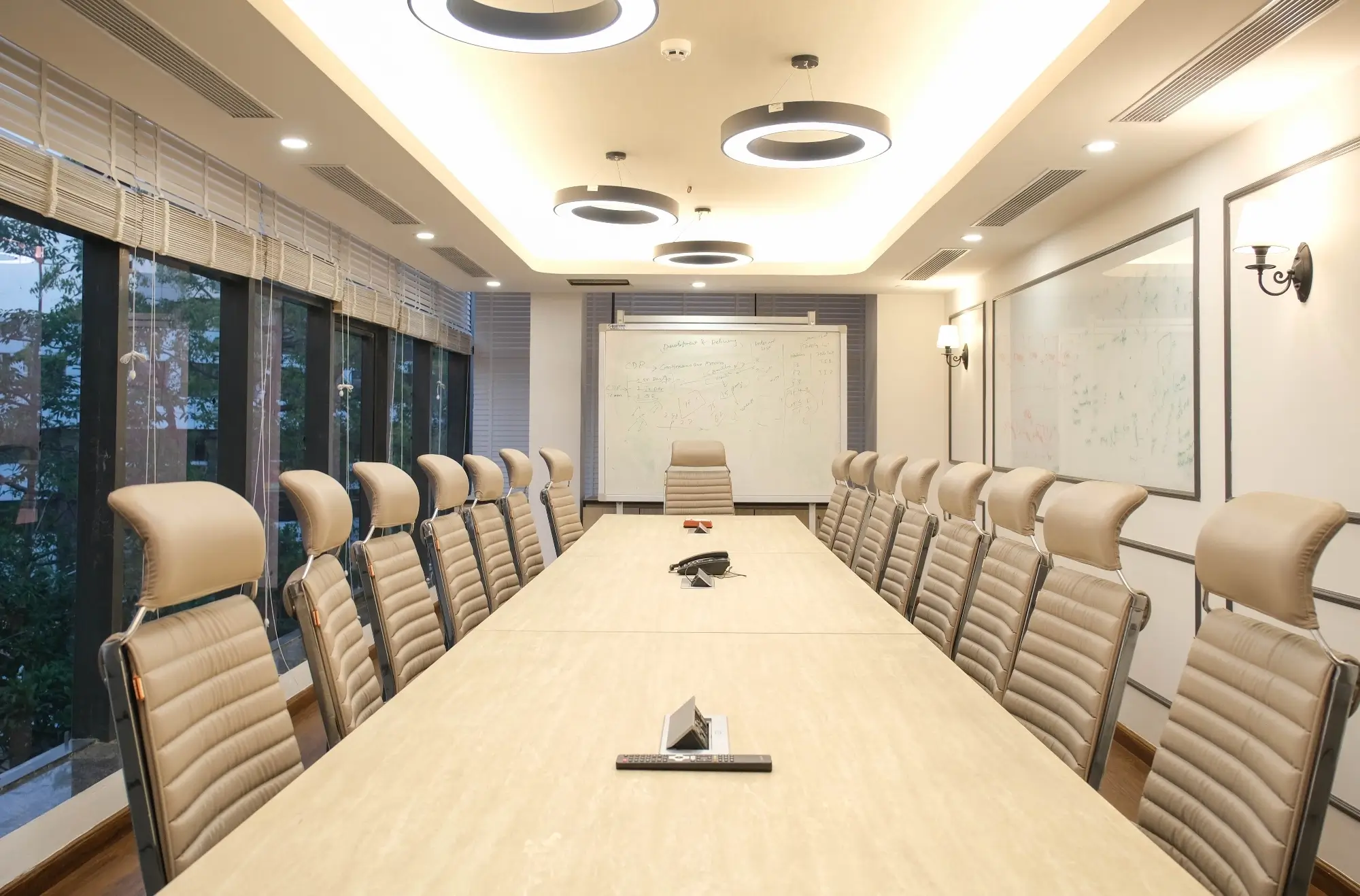
Quality Assurance & Accountability
Local Site Supervision
Daily walk-throughs catch workmanship slip-ups early. If you go remote, budget for an independent clerk-of-works or PMC firm like Get in Touch for Office Design Solutions to police quality on the ground.
Remote Milestone Tracking
Most remote studios break projects into granular milestones—concept, DD, CD, procurement—each with clear deliverables and sign-offs. Digital paper trails can actually tighten accountability compared to handshake site meetings.
Legal, Regulatory, and Permitting Hurdles
Local designers know which municipal clerk stamps which form. Remote designers may partner with local expediters, but the added layer can extend approval cycles.
Sustainability and Sourcing Impacts
Local Material Ecosystems
Sourcing stone from a quarry 30 km away slashes embodied carbon versus importing Italian marble. Local designers default to such eco-wins more naturally.
Remote Spec Libraries & Global Vendors
Need a sustainably harvested cork tile unavailable locally? Remote pros might have direct access to global suppliers and can manage overseas logistics seamlessly.
Case Studies: Local vs. Remote Outcomes
Case 1: Gurgaon FinTech Loft (Local)
A neighbourhood studio completed a 10,000 sq ft refit in six months, leveraging local carpenters to custom-build ergonomic pods in half the quoted factory time.
Case 2: Bengaluru SaaS Start-up (Remote)
A Barcelona-based designer delivered a biophilic concept entirely over VR. A local PMC handled execution. Net savings: 18 % on design fees; project finished two weeks early.
Decision Matrix: How to Choose Confidently
Criterion | Local Score (1–5) | Remote Score (1–5) |
On-Site Agility | 5 | 2 |
Design Diversity | 3 | 5 |
Cost Efficiency | 3 | 4 |
Regulatory Ease | 5 | 2 |
Sustainability (Material Miles) | 4 | 3 |
Tally your priorities, multiply by importance weights, and let the data point the way.
Conclusion
“Interior design office near me” is a powerful search—proximity offers undeniable perks. Yet abundance lives online: remote studios widen aesthetic horizons and sometimes lighten budgets. Assess your project’s on-site demands, appetite for virtual workflows, and regulatory landscape. Then pick the model—local, remote, or hybrid—that lets your vision unfold on time, on budget, and on brand.
FAQs
Not necessarily. Remote pros using VR and BIM can iterate overnight, but permit approvals still favour locals.
Check portfolio depth, client testimonials, and third-party reviews on platforms like Houzz and Clutch.
Yes, but expect re-mobilisation fees and knowledge-transfer time.
They add liaison fees but can avoid costly errors, often breaking even in the long run.
At minimum: cloud BIM (Revit or Archicad), VR walkthroughs (Enscape or Twinmotion), and a shared task board (Trello, Asana, or Monday).
